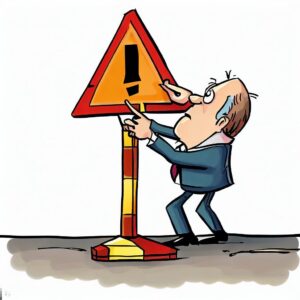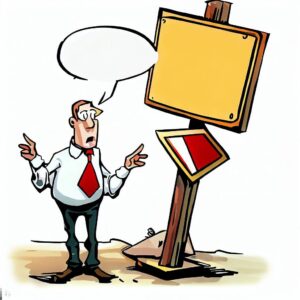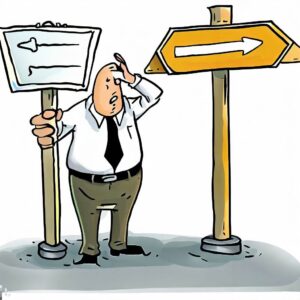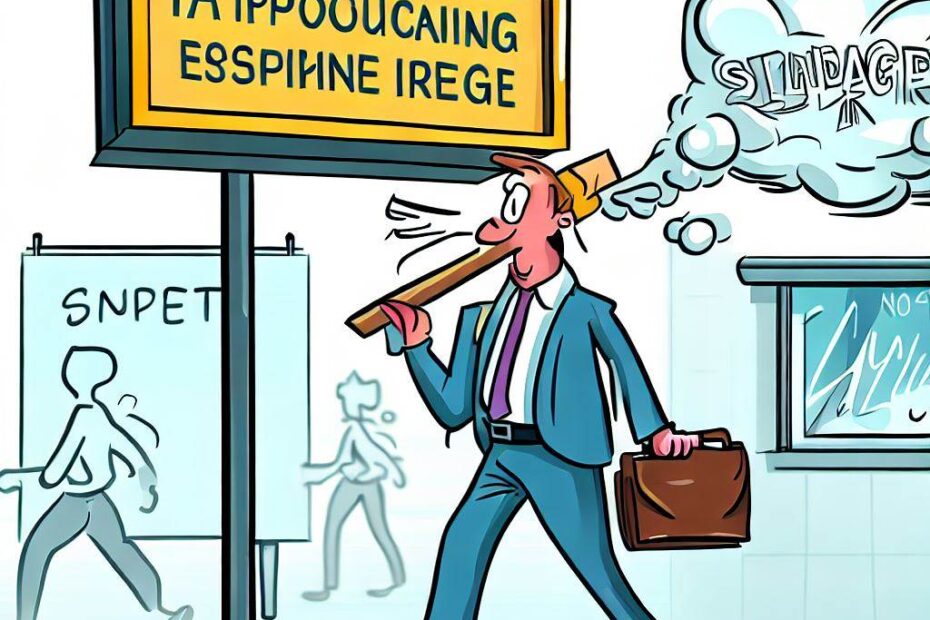As businesses continue to grow and evolve, one factor that remains essential to their success is signage. Signage refers to any visual graphics or displays that convey information to a target audience. From storefront signs to directional signs within a building, signage plays a critical role in establishing brand identity, enhancing customer experience, and driving sales. In this article, we will explore the importance of signage for businesses and why it should not be overlooked.
Branding and Identity
Effective signage plays a crucial role in establishing brand identity, which is essential for businesses to stand out from their competitors. A well-designed sign can communicate a brand’s personality, values, and unique selling proposition in just a few seconds, making it a powerful tool for conveying key messages to potential customers.
Studies have consistently shown that customers are more likely to remember a business with distinctive signage, making it a critical element in establishing brand recognition and recall. In fact, according to a study conducted by FedEx Office, 76% of consumers enter a store they have never visited before because of its signage. This underscores the importance of investing in well-designed signage as an effective means of attracting new customers and building brand loyalty.
In addition to promoting brand recognition and recall, effective signage can also help to enhance the customer experience. By providing clear and concise information about a business’s products or services, as well as its location and hours of operation, signage can help customers navigate and engage with a business more easily.
Furthermore, signage can also serve as a means of reinforcing a brand’s messaging and values. For example, a business that emphasizes sustainability in its operations may choose to incorporate eco-friendly materials into its signage design, thereby communicating its commitment to environmental responsibility.
Effective signage is an invaluable tool for businesses looking to establish brand identity, attract new customers, and enhance the overall customer experience. By investing in well-designed signage, businesses can communicate their key messages in a memorable and impactful way, helping to distinguish themselves from competitors and build long-term brand loyalty.

Enhancing Customer Experience
While effective signage is undoubtedly crucial for establishing brand identity, its impact extends far beyond this. In fact, signage plays a vital role in enhancing the overall customer experience by providing clear and concise information that helps customers navigate their surroundings with ease.
Signage can be used to guide customers through a space, reducing confusion or frustration and enhancing the overall customer experience. Wayfinding signs, for instance, help customers find their way around a large office park or shopping mall, while informational signs provide useful information like operating hours or contact details. By making information easily accessible through signage, businesses can increase customer satisfaction and loyalty.
Moreover, signage can also be used to reinforce a brand’s messaging and values, further enhancing the overall customer experience. For example, a business that emphasizes sustainability in its operations may choose to incorporate eco-friendly materials into its signage design, thereby communicating its commitment to environmental responsibility to customers.
In addition to improving the customer experience, effective signage can also have a positive impact on safety and security. Signs indicating exit routes or emergency procedures can help ensure the safety of employees and customers alike, while security signs can deter potential criminals and help prevent theft or vandalism.
Signage is much more than just a means of establishing brand identity; it plays a critical role in enhancing the overall customer experience and ensuring the safety and security of both customers and employees. By investing in well-designed signage that provides clear and concise information, businesses can create a more welcoming and efficient environment that fosters customer satisfaction and loyalty.

Driving Sales
Effective signage is not only a powerful tool for establishing brand identity and enhancing the customer experience, but it can also have a significant impact on driving sales. Well-executed signs can entice potential customers to enter a store, generate interest in a particular product or service, and even encourage impulse purchases.
According to a study conducted by the University of Cincinnati, the addition of a single sign can increase annual sales revenue by 4.75%. This underscores the importance of investing in well-designed signage as a means of attracting new customers and boosting sales.
Furthermore, electronic signs and displays have been shown to be particularly effective in increasing sales volume. In fact, according to a study conducted by the Sign Research Foundation, digital signage has been found to increase sales by up to 50%. This is due in part to the dynamic nature of electronic signs, which can be easily updated to promote special offers, new products, or other incentives that are designed to drive sales.
In addition to promoting sales, effective signage can also help to create a more engaging and immersive shopping experience. By incorporating eye-catching graphics, compelling messaging, and other visually appealing elements into their signage design, businesses can capture the attention of customers and create a more memorable and impactful shopping experience.
Effective signage is an essential tool for driving sales and creating a more engaging and immersive shopping experience. By investing in well-designed signage that is tailored to their specific business needs, businesses can attract new customers, boost sales revenue, and establish themselves as industry leaders in their respective markets.

Compliance and Safety
In addition to its branding, customer experience and sales benefits, signage is a critical component of compliance and safety in various industries. Signage can be used in healthcare settings to communicate important medical warnings, directions, and procedures to patients, visitors, and staff. Similarly, in construction and manufacturing settings, signs play a crucial role in conveying safety information and warning employees about potential hazards.
Effective safety and compliance signage is especially important in industries where failure to comply with relevant regulations and standards can result in serious legal and financial consequences. By complying with relevant signage standards and guidelines, businesses can ensure that they are providing a safe and secure environment for their customers and employees.
Moreover, safety and compliance signage can also help businesses to avoid liability issues by ensuring that all necessary warnings and safety precautions are clearly communicated to those who need to see them. In some cases, regulatory bodies may even require specific types of safety or warning signs to be displayed in certain areas or situations.
Effective safety and compliance signage is a critical component of many industries, particularly those where health and safety risks are present. By investing in well-designed signage that complies with relevant standards and guidelines, businesses can protect their employees and customers, avoid liability issues, and ensure compliance with regulatory requirements.

Conclusion
In conclusion, the importance of signage for businesses cannot be overstated. Effective signage not only establishes brand identity and enhances customer experience but also drives sales and ensures compliance and safety. As such, businesses should invest in well-designed and strategically placed signs to reap these benefits fully. By doing so, they will not only improve their bottom line but also create a lasting impression on their customers.
Sources:
- The Signage Foundation: https://www.thesignagefoundation.org/signage101/importance-of-signs/
- FedEx Office: https://www.fedex.com/en-us/printing/business-resource-center/signage-and-displays/the-importance-of-effective-business-signage.html
- Shareok: https://journals.shareok.org/ijsw/article/download/74/57/
